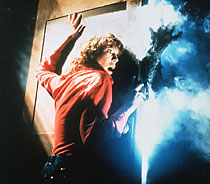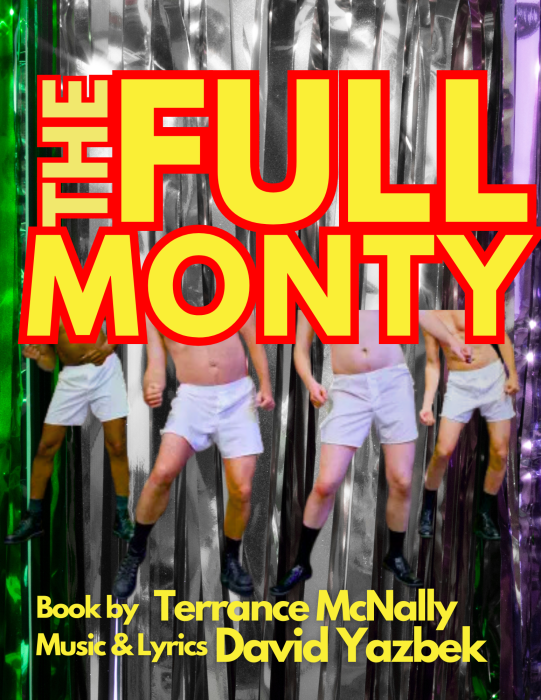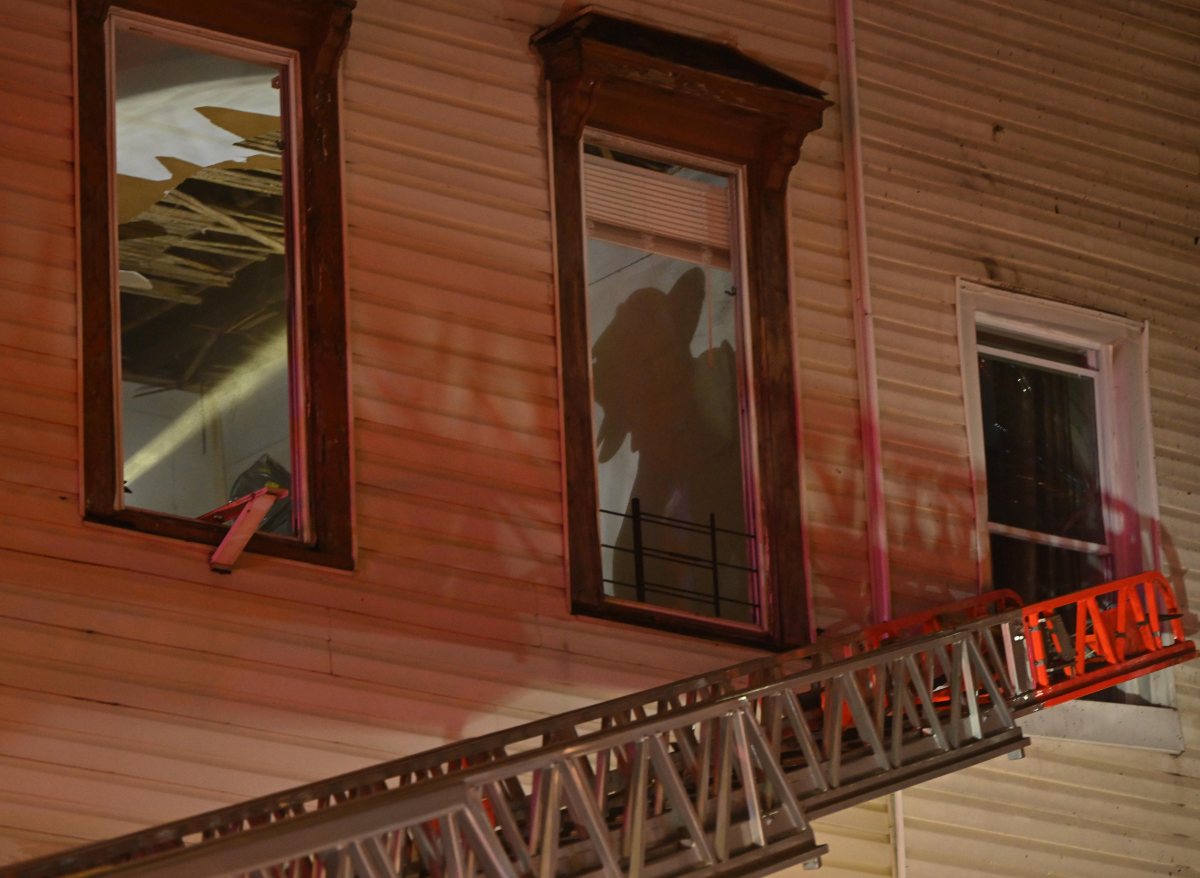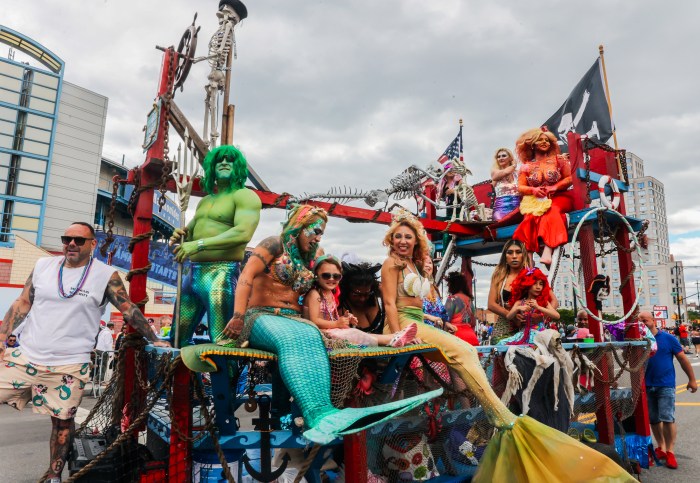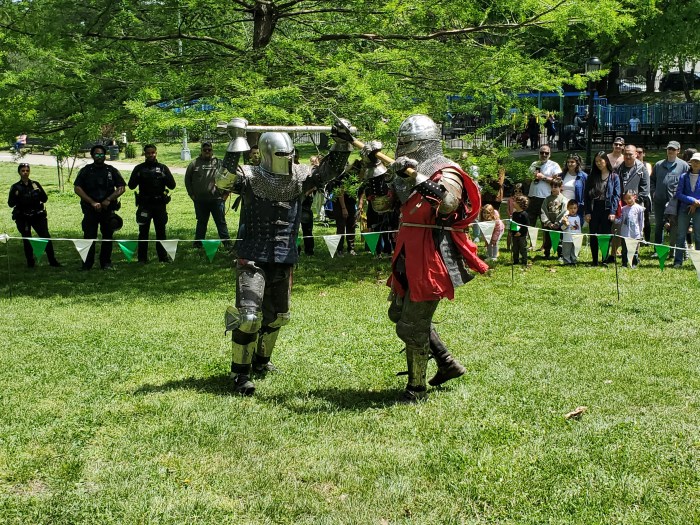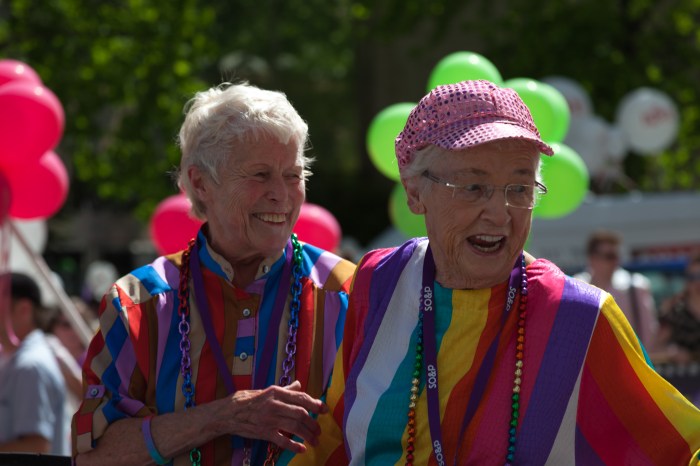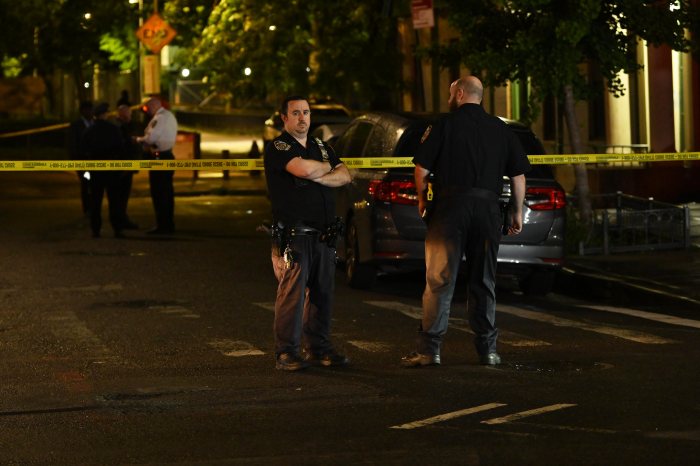When programming a retrospective devoted
to a particular genre, like BAMcinematek’s "Fright Nights:
International Horror," one runs immediately into the question
of definitions. What exactly is a horror movie? This selection
of a dozen films, playing Mondays and Tuesdays from Feb. 21 to
March 29, is refreshingly broadminded about the answer.
Some choices must have been irresistible. "Demons"
(Italy, 1985; screens March 29) is about a horror film audience
who turn into monsters in their seats, and is directed by Lamberto
Bava, son of Mario Bava, the legendary creepshow director who
got his own BAM retro a couple of years ago.
Other selections are a tad perplexing. "The Devil-Doll"
(USA, 1936; March 21) may be directed by famously outre chiller
specialist Tod Browning, but it’s mainly a pokey revenge ’n’
redemption melodrama that under-utilizes a cool fantasy element:
laboratory-miniaturized, mind-controlled assassins, created by
still-impressive optical effects.
And some movies should be shown on the big screen at every opportunity,
like "Kwaidan" (Japan, 1964; March 8), Masaki Kobayashi’s
delirious adaptation of four classic ghost stories. The saturated
colors threaten to permanently stain the screen; the sets feature
details like a glaring eye in the sky. Favoring hypnosis over
shocks or suspense, Kobayashi conjures a spirit realm that constantly
threatens to intrude on our world.
The artificial distinction between "horror" and "art"
films is even further blurred in Ingmar Bergman’s "Hour
of the Wolf" (Sweden, 1968; March 7). Tormented by nocturnal
dreams (or are they?) of monstrous figures, a neurotic artist
retreats to a windswept island cottage with his long-suffering,
now-pregnant partner. Snobs on either side of the genre divide
can claim this "isn’t really a horror movie," but it
could hardly be spookier or more menacing.
Death may be horror’s stereotypical theme, but Bergman’s film
is one of a number that contend with another primal concern,
sex and its attendant insecurities. Michael Winner’s "The
Nightcomers" (UK, 1971; March 22) is a prequel to Henry
James’ 1898 novella "The Turn of the Screw" which turns
the subtext of that haunted house classic into text. Marlon Brando
plays diabolical and perverted manservant Quint.
Robin Hardy and Anthony Shaffer’s "The Wicker Man"
(UK, 1973; Feb. 21), although overrated by its cult of fervent
admirers, is a singular and eerie work that brings more nuance
than usual in the genre to subjects of spirituality and the body.
The protagonist is a rigidly Christian police sergeant on a missing
child case in an isolated island community of pagan fertility
cultists. His puritanism provides his wickedly ironic downfall.
"The Vampire Lovers" (UK, 1970; March 15) presents
a blunter – arguably misogynistic and homophobic – picture of
puritan order confronting unbridled carnality: three aristocratic
patriarchs versus the foxy lesbian bloodsucker who has, ahem,
vamped their daughters. This guilty pleasure was part of the
Hammer studio’s efforts to give a sexy transfusion to their once-groundbreaking
gothic horror line. But director Roy Ward Baker and company are
more at home with the gothic than with the erotic, which here
has an "oh, if we must" air about it.
Although far more sophisticated, "The Company of Wolves"
(UK, 1984; March 14) is sort of a mirror image. Eight years before
"Crying Game," Neil Jordan spun this hallucinatory
werewolf fantasia around the Red Riding Hood theme. The allegorical
upshot still seems to be that men are ravening beasts under their
handsome skins and women better watch out – almost as Victorian
a worldview as that of "Vampire Lovers." But it’s tough
to complain when it’s all so Grimmly gorgeous.
Going even further down the rabbit hole is Benjamin Christensen’s
"Häxan" (Sweden, 1922; Feb. 28), a stark raving
mad semi-pseudo-documentary about the history of witchcraft,
demonism and witch-hunting that was one of the most notorious
and mercilessly censored silents. That the Swedish intertitles
in this restored print will be translated live might just increase
its surrealism quotient.
For those who simply crave old-fashioned scares, two homegrown
’70s monster flicks deliver your fix. In Elliott Silverstein’s
surprisingly nifty "The Car" (USA, 1977; March 1),
a demonic automobile stalks a New Mexico desert community in
an unabashed knockoff of two Spielberg classics, "Jaws"
and "Duel." Fortunately, it also swipes all the right
lessons about pacing, editing, characterization and the terror
potential of an empty horizon.
Someone else who can give lessons is John Carpenter, the last
truly groundbreaking American horror filmmaker. In "The
Fog" (USA, 1980; Feb. 22), he unleashes a luminous fogbank
full of vengeful zombie sailors on a cozy California coastal
town. Of course it can’t match his immortal über-slasher
"Halloween," but it’s still movie-brat clever, dripping
with atmosphere and deliciously patient about delivering its
boos.
For all their pleasures, neither of these movies was ever likely
to snag international film festival awards. But Erik Blomberg’s
"White Reindeer" (Finland, 1952; March 28) did just
that, winning at Cannes in the obscure but delightful "Best
Film Based on Legend" category. This seldom-screened tale
of magic and animal transformation amid the primitive Lappish
hunters of the tundra may be the series’ greatest coup. In a
city like New York, there are plenty of hardcore cultists who
can sniff, "Been there, seen that" at the other "Fright
Nights" entries, but this one is likely to stump even them.
"Fright Nights: International Horror"
runs Mondays and Tuesdays, Feb. 21-March 28, at BAMcinematek,
30 Lafayette Ave. at Ashland Place in Fort Greene. Tickets are
$10, and on weekdays, $7 for students with ID, seniors and children
12 and younger. For schedule and other information, call (718)
636-4100 or log on to the Web site at www.bam.org.


